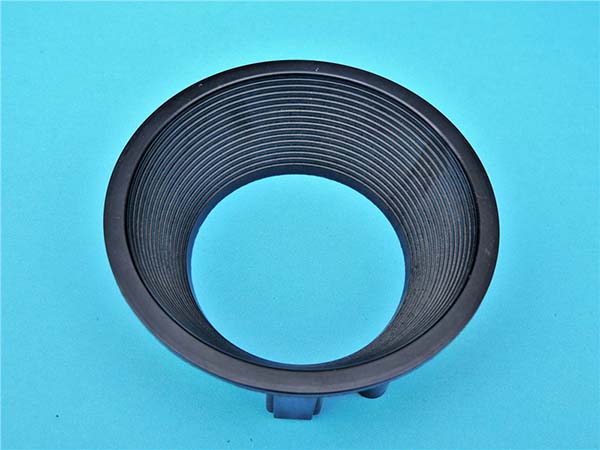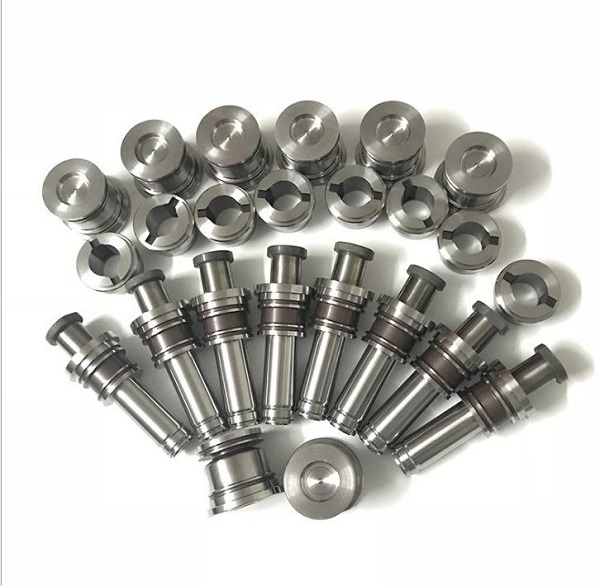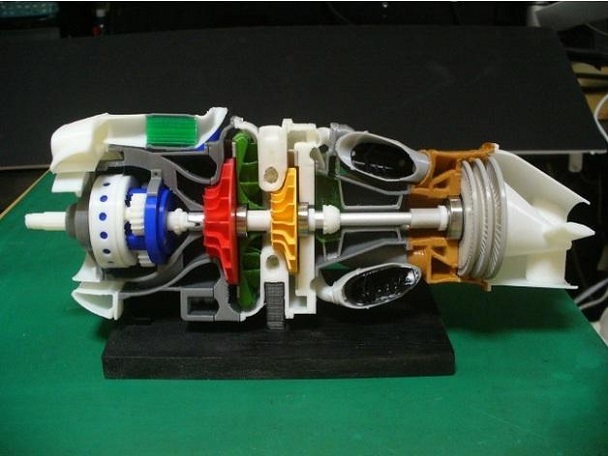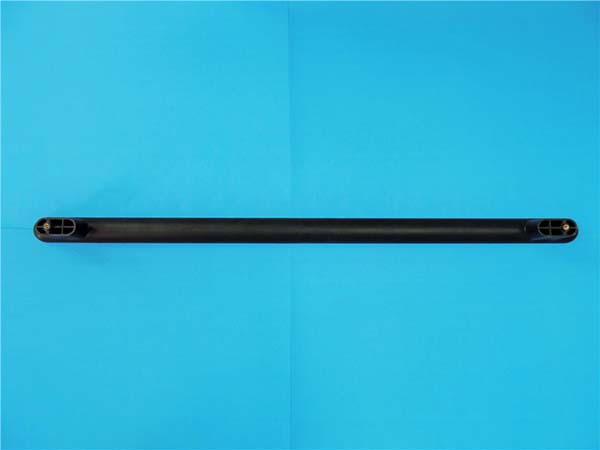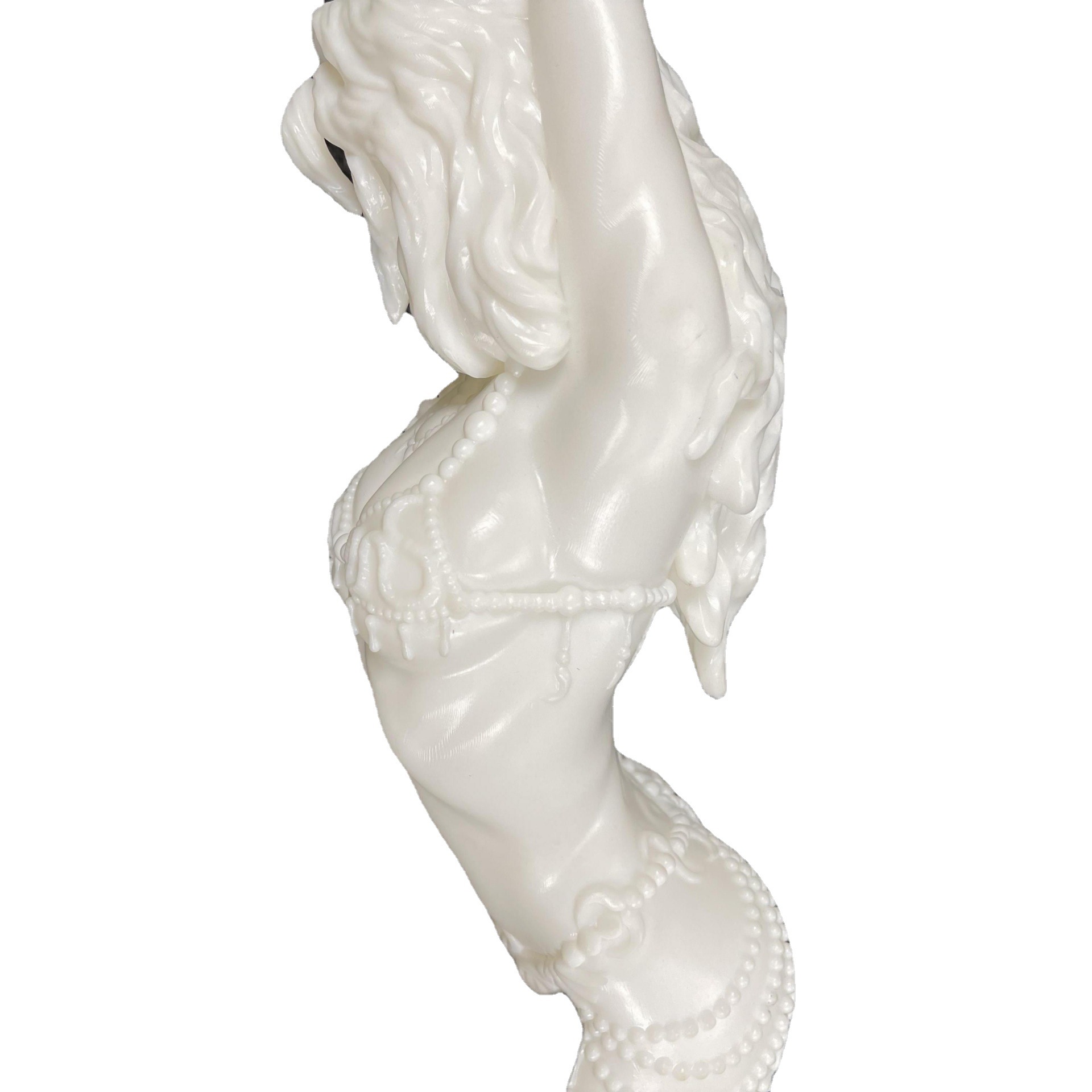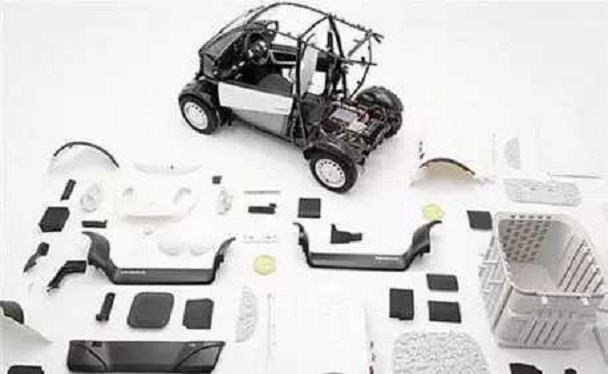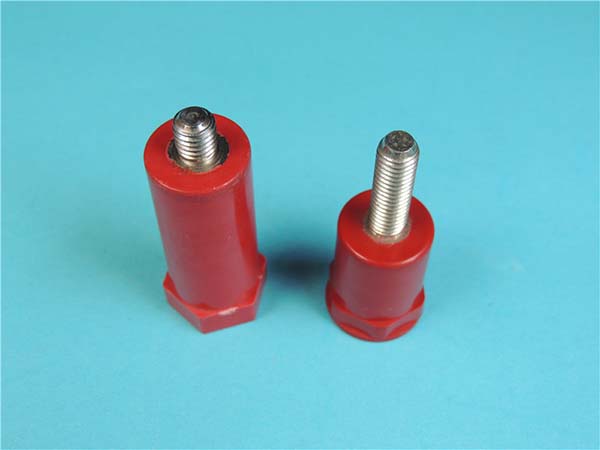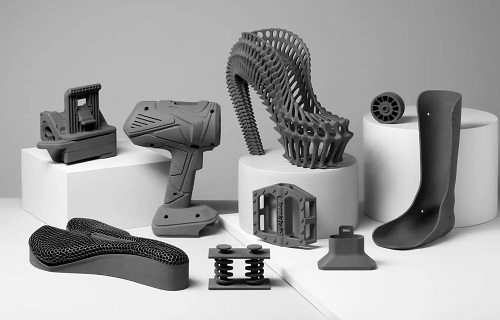What is SLA Technology 3D Printing?
SLA, short for Stereolithography Apparatus, is a revolutionary 3D printing technology that has been making waves in various industries. Also known as Stereolithography, it is the first commercialized 3D printing technology, invented by Charles W. Hull in 1983 and patented in 1986.
At its core, SLA 3D printing is a form of vat photopolymerization. The process starts with a vat filled with a liquid photopolymer resin. A high - precision laser beam is then focused onto the surface of the resin. When the laser hits the resin, it causes a chemical reaction called photopolymerization. This reaction solidifies the resin in the exact pattern traced by the laser, layer by layer. For example, if you are printing a small statue, the laser will first trace the bottom layer of the statue's base on the resin surface, solidifying that thin layer. Then, the build platform on which the printed object is formed lowers slightly, and the laser traces the next layer, bonding it to the previous one. This process repeats until the entire three - dimensional object is fully constructed.
SLA technology is capable of producing parts with extremely high precision and smooth surface finishes. It can achieve layer thicknesses as small as 25 microns (0.025 mm), which is much thinner than a human hair. This high level of precision makes it ideal for applications where intricate details and accurate dimensions are crucial, such as in jewelry making, dental applications, and producing prototypes for high - tech products.
How Does SLA 3D Printing Work?
?
The SLA 3D printing process can be broken down into several key steps, each contributing to the creation of a highly detailed three - dimensional object.
1. 3D Modeling
- Software Selection: The journey begins with creating a 3D model of the desired object. Designers often use professional 3D modeling software such as Blender, Autodesk Maya, or SolidWorks. For instance, a product designer looking to create a new smartphone case would use SolidWorks to design the case with precise measurements, including cut - outs for ports and buttons.
- Model Optimization: Once the model is created, it needs to be optimized. This involves checking for any non - manifold geometry (e.g., self - intersecting surfaces) and ensuring that the model is watertight. A non - watertight model can lead to errors during the slicing and printing process.
2. Slicing the Model
- Slicing Software: After the 3D model is ready, it is imported into slicing software. Popular slicers for SLA printing include PreForm (for Formlabs printers) and ChiTuBox. The slicing software divides the 3D model into hundreds or even thousands of thin horizontal layers. For example, if the 3D model is a 10 - centimeter - tall figurine, and the chosen layer thickness is 0.05 mm, the model will be sliced into 200 layers.
- Layer Thickness Selection: The layer thickness is a crucial parameter. A thinner layer thickness results in a smoother surface finish but increases the printing time. In contrast, a thicker layer thickness speeds up the printing process but may sacrifice some detail. For highly detailed jewelry models, a layer thickness of 0.025 mm might be chosen, while for less detailed prototypes, 0.1 mm could be sufficient.
3. The Printing Process
- Resin Vat and Laser System: In the SLA printer, a vat is filled with a photosensitive resin. A high - power ultraviolet (UV) laser is used to trace the shape of each layer onto the surface of the resin. As the laser hits the resin, it cures (solidifies) the resin according to the layer pattern. The build platform, which starts at the surface of the resin, gradually lowers after each layer is printed. For example, in a Form 3 SLA printer, the laser has a spot size as small as 50 microns, allowing for the creation of very fine details.
- Continuous Printing: The printing process continues layer by layer until the entire object is formed. The printer's software precisely controls the movement of the laser and the lowering of the build platform to ensure accurate layer - to - layer alignment.
4. Post - Processing
- Rinsing: Once the printing is complete, the printed object is removed from the build platform and rinsed in a solvent, usually isopropyl alcohol (IPA). This step removes any uncured resin from the surface of the object. For example, a printed dental crown would be thoroughly rinsed in IPA to ensure that no residual resin remains.
- Curing: After rinsing, the object is further cured in a separate UV curing station. This secondary curing process ensures that all the resin is fully polymerized, enhancing the mechanical properties of the printed part. Some curing stations use rotating platforms to ensure even exposure of all sides of the object to the UV light.
Applications of SLA 3D Printing
Manufacturing
In the manufacturing industry, SLA 3D printing has become an invaluable tool. For rapid prototyping, it allows companies to quickly transform their design concepts into physical models. For example, a consumer electronics company can use SLA printing to create a prototype of a new smartwatch in just a few days. This significantly reduces the time it would take to produce a prototype using traditional manufacturing methods, which could take weeks or even months. In terms of custom - made parts, SLA technology enables the production of highly customized components. A motorcycle manufacturer might need custom - designed air intakes for a limited - edition model. With SLA 3D printing, these parts can be produced with precise dimensions and complex geometries, tailored to the specific requirements of the motorcycle. Small - batch production is also made possible with SLA. A startup that produces unique kitchen utensils can use SLA 3D printing to manufacture a small batch of 50 - 100 units for market testing without the need for expensive injection - molding tools. This reduces the upfront investment and allows for quick adjustments based on market feedback.
Medical
The medical field has seen remarkable applications of SLA 3D printing. Personalized prosthetics are now more accessible than ever. Using SLA technology, prosthetics can be custom - printed to fit the exact shape of a patient's residual limb. This not only improves the comfort of the prosthetic but also its functionality. For instance, a patient who has lost a limb in an accident can receive a prosthetic limb that is printed to match the unique contours of their remaining limb, providing a better fit and potentially enhancing their mobility. In dental applications, SLA 3D printing is used to create highly accurate dental models. Dentists can use these models to plan complex dental procedures, such as implant placements or orthodontic treatments. A study showed that SLA - printed dental models had an accuracy of up to 0.1 mm, which is crucial for ensuring the success of dental treatments. Bioprinting of tissues is another emerging area where SLA technology shows promise. Although still in the research phase, SLA 3D printing can potentially be used to create 3D - printed tissue constructs for transplantation, bringing hope to patients waiting for organ donations.
Jewelry Design
Jewelry design demands high precision and the ability to create intricate and complex shapes, and SLA 3D printing meets these requirements perfectly. Designers can create elaborate jewelry pieces with detailed patterns and filigree work that would be extremely difficult and time - consuming to produce by hand. For example, a necklace with a complex floral pattern can be designed in 3D software and then printed using SLA technology. The high resolution of SLA printers, with a minimum feature size of around 0.1 mm, allows for the creation of very fine details in the jewelry. Moreover, SLA - printed jewelry models can be used for investment casting, which is a common method in the jewelry industry. The printed resin models are burned out, leaving a mold into which precious metals like gold or silver can be poured, resulting in high - quality jewelry pieces.
Yigu Technology's View
As a non - standard plastic metal products custom Supplier, Yigu Technology highly values SLA technology 3D printing. The high - precision nature of SLA allows us to achieve complex designs that were previously difficult to execute with traditional manufacturing methods. For example, when creating custom - designed plastic components with intricate internal channels, SLA can accurately form these structures. This precision not only ensures the functionality of the product but also its aesthetic appeal.
Moreover, SLA 3D printing significantly shortens the product development cycle. Instead of waiting weeks for molds to be made for prototype testing in traditional manufacturing, we can have a functional prototype within a few days using SLA. This speed enables us to quickly respond to customer needs and make necessary design adjustments. Overall, SLA technology 3D printing is a powerful tool that helps us meet the diverse and demanding requirements of our customers in the non - standard plastic and metal products market.
FAQ
What types of materials can be used in SLA 3D printing?
SLA 3D printing primarily uses liquid photopolymer resins. These resins come in various types, such as general - purpose resins for basic applications, high - temperature - resistant resins suitable for parts that will be exposed to heat, and flexible resins for creating flexible components. For example, Formlabs offers a range of resins including their Standard Resin for general - use prototyping, Tough Resin for parts that require higher impact resistance, and Dental Resin specifically designed for dental applications.
Is SLA 3D printing suitable for large - scale production?
SLA 3D printing is not typically ideal for large - scale production. The main reasons are the relatively high cost per unit and the slow printing speed. The cost of the photopolymer resins can be expensive, and the printing process layer - by - layer takes time. However, it excels in small - batch production and custom - made product manufacturing. For small - batch production, it can quickly produce a limited number of parts without the need for expensive molds, reducing upfront costs.
How to post - process SLA 3D printed parts?
The post - processing of SLA 3D printed parts involves several steps. First, the printed part is rinsed in isopropyl alcohol (IPA) to remove any uncured resin. Then, it is further cured in a UV curing station to enhance its mechanical properties. After that, if the surface finish needs improvement, the part can be sanded and polished. For example, a printed SLA figurine might have rough edges and a slightly sticky surface due to uncured resin. Rinsing it in IPA will clean off the uncured resin, UV curing will harden the part completely, and sanding with fine - grit sandpaper can smooth out the surface for a more presentable look.
